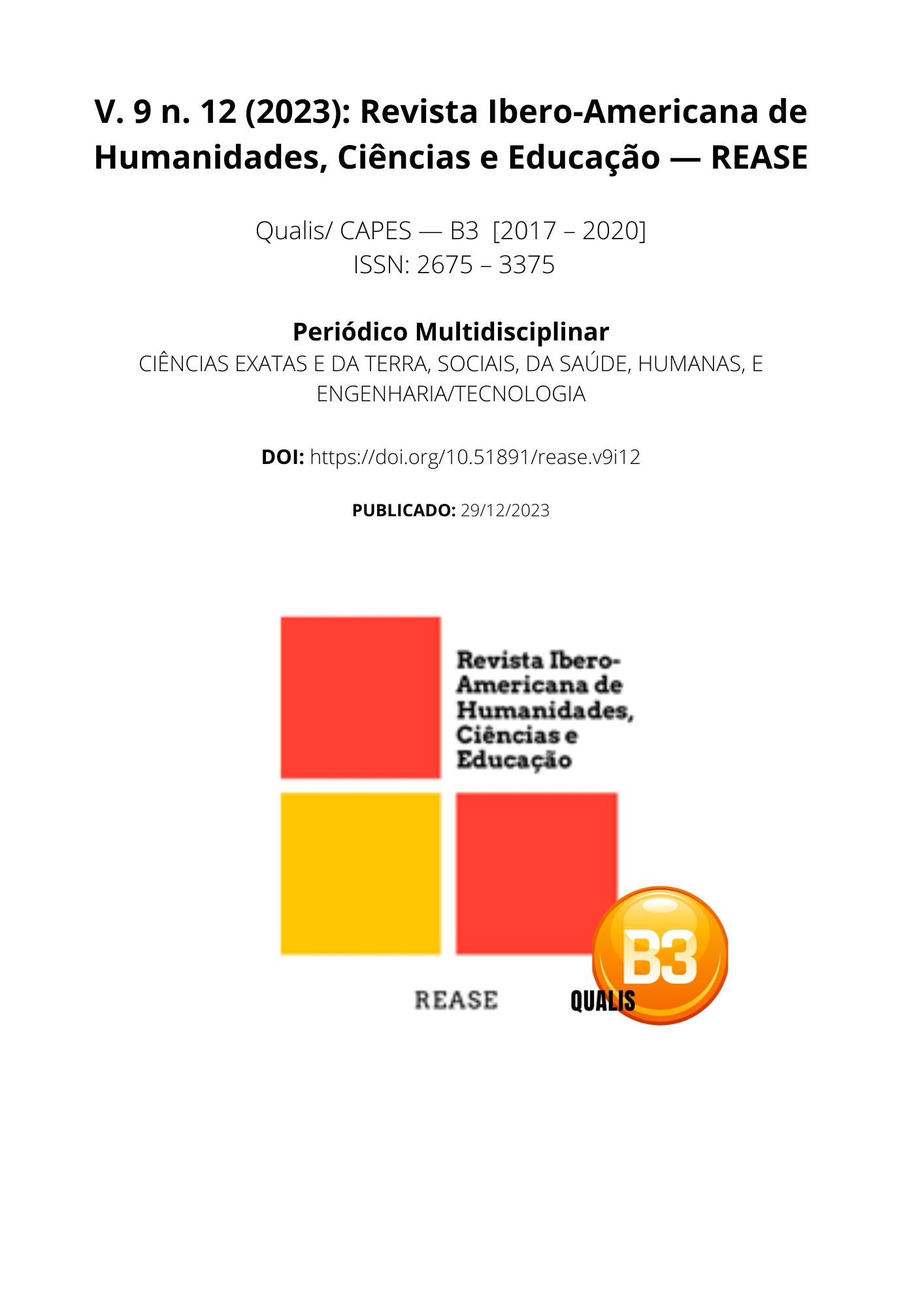TRANSTORNO BIPOLAR E CICATRIZAÇÃO DE FERIDAS: AVALIAÇÃO DERMATOLÓGICA E COMPLICAÇÕES CIRÚRGICAS
DOI:
https://doi.org/10.51891/rease.v9i12.12847Palavras-chave:
Transtorno bipolar. Cicatrização de feridas. Avaliação dermatológica. Complicações cirúrgicas. Literatura científica.Resumo
Research into the intersection between bipolar disorder and wound healing constitutes a relevant field of study, given the complexity of the biological processes involved. Bipolar disorder, characterized by extreme mood swings, can potentially influence the body's ability to efficiently recover from skin injuries, triggering a series of dermatological challenges and surgical complications. Understanding the relationship between these two aspects is crucial to providing adequate medical care to individuals facing this psychiatric condition. Objective: The present study aims to carry out a systematic review of the literature to analyze and synthesize the available evidence on the relationship between bipolar disorder and wound healing. We aim to explore recent and relevant studies published in the last 10 years in order to better understand underlying mechanisms, identify possible patterns, and offer insights to optimize clinical practices. Methodology: The search was conducted in the PubMed, Scielo and Web of Science databases, using the descriptors "bipolar disorder", "wound healing", "dermatological evaluation", "surgical complications" and "scientific literature". The search included articles published in the last 10 years, without mentioning the year 2021. Three inclusion criteria were applied: original studies in humans, focus on the relationship between bipolar disorder and wound healing, and publications in English. Three exclusion criteria were adopted: animal studies, articles unrelated to the topic and languages other than English. Results: Literature review revealed a variety of studies addressing different aspects of the relationship between bipolar disorder and wound healing. Recurring themes included neurobiological impacts on the healing process, influence of psychotropic medications, and practical implications for dermatological and surgical interventions. Additionally, gaps in knowledge were observed that suggest the need for additional research. Conclusion: The results of this systematic review highlight the complexity of the interaction between bipolar disorder and wound healing, providing valuable insights for healthcare professionals. An in-depth understanding of these aspects can guide more effective clinical approaches, considering not only the dermatological challenges but also the surgical implications associated with treating individuals with bipolar disorder. This synthesis of evidence contributes to the knowledge base on the interconnection between mental health and dermatology, encouraging future research in this constantly evolving field.
Downloads
Downloads
Publicado
Como Citar
Edição
Seção
Categorias
Licença
Atribuição CC BY

